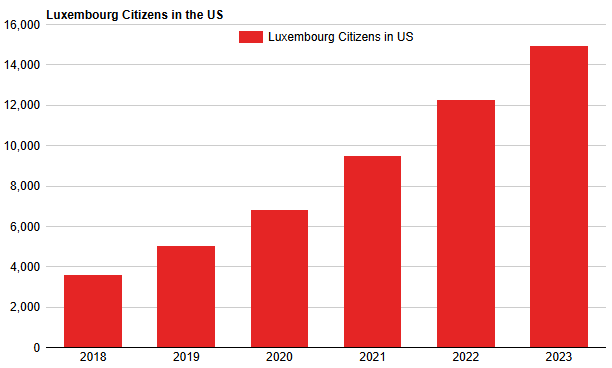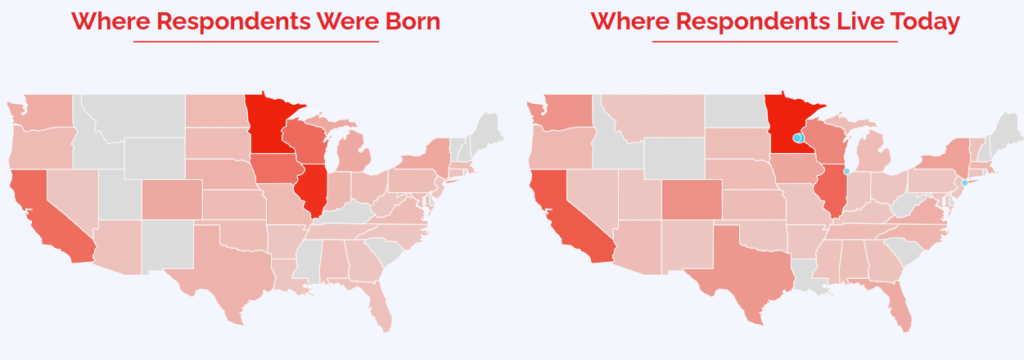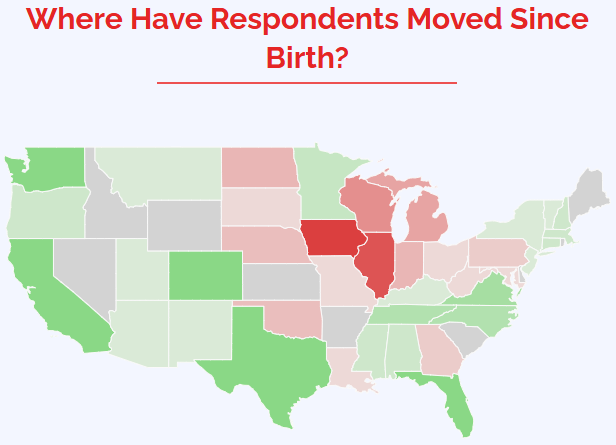By Daniel Atz, Founder of the American Emigration Revue
A few years ago, I conducted a study on Americans obtaining Luxembourgish citizenship. What I expected to be a niche legal curiosity quickly turned into something much bigger—an observable trend backed by hard numbers.
Between 2018 and 2023, the number of Luxembourgish citizens in the U.S. grew by 316%. Over 17,000 Americans have now applied to become citizens of Luxembourg, a country smaller than Rhode Island. This wasn’t just a coincidence.
By analyzing where these new citizens live, their family origins, and how they compare to broader U.S. trends, the study gave data-backed insight into a specific group of Americans interested in European citizenship. It also helped me develop the framework for the American Emigration Revue, which now tracks real data on Americans looking abroad.
So, what did we find?
A 316% Increase in Luxembourgish-Americans
📊 In 2018, there were 3,602 Luxembourgish citizens in the U.S.
📊 By 2023, that number had grown to 14,972
📊 That’s an increase of 316% in just five years
To put that in context:
- The number of Luxembourgish citizens in the U.S. is now about 2% of Luxembourg’s entire population.
- If these citizens formed a town, it would be the size of Esch-sur-Alzette, Luxembourg’s second-largest city.
- Luxembourg’s U.S. citizen population is now larger than its population in Switzerland.

Line graph showing the increase in Luxembourgish citizens in the U.S. from 2018 to 2023.
Geographic Hotspots: Where Are They?
Luxembourgish dual citizens aren’t concentrated in big cities like New York or Los Angeles. Instead, they are disproportionately from the Midwest:
📍 Minnesota, Wisconsin, and Illinois have some of the largest clusters.
📍 These are the same states where Luxembourgish immigrants settled in the 19th century.
📍 Texas, California, and Florida also have notable populations, but not as dense as the Midwest.
Why does this matter? This tells us that the Luxembourgish dual citizen group is heavily tied to ancestry and historical migration patterns rather than simply being part of a general American interest in moving to Europe.

Heatmap of Luxembourgish-Americans by U.S. state.
Demographic Trends: Who Is Getting This Citizenship?
The data showed several common characteristics among those applying for Luxembourgish nationality:
👨👩👧👦 Family-Based Interest – Most applicants were descendants of Luxembourgish immigrants who arrived in the U.S. between 1850 and 1920.
🆔 Primarily a Paper Citizenship – Unlike other European nationality processes, most Luxembourgish-Americans are not moving to Luxembourg. The majority retain U.S. residency but apply for the flexibility of EU citizenship.
📈 Steady Growth, Not Just a One-Time Spike – Unlike some citizenship programs that get a rush of interest and fade, the Luxembourg process has seen sustained applications every year since 2009.

Why This Data Matters
This study didn’t just uncover an obscure European nationality law—it provided quantifiable insights into a specific group of Americans with a unique interest in EU citizenship.
By tracking this trend, we now have a data-driven model for studying Americans who are securing foreign citizenship—not just in Luxembourg, but potentially in other European countries with ancestry-based nationality laws.
This was the foundation for launching the American Emigration Revue: a project dedicated to analyzing real-world data on how and why Americans pursue these legal pathways abroad.
This is just the beginning. What other trends in U.S. mobility can we uncover?

TL;DR – Key Data Points
✅ Luxembourgish citizens in the U.S. grew 316% from 2018 to 2023
✅ Midwestern states (Minnesota, Wisconsin, Illinois) have the highest numbers
✅ Most applicants do not move to Luxembourg—they maintain U.S. residency
✅ Applications have remained steady every year since 2009
This is real data showing how Americans are engaging with foreign nationality laws—not just theory, but measurable action.

